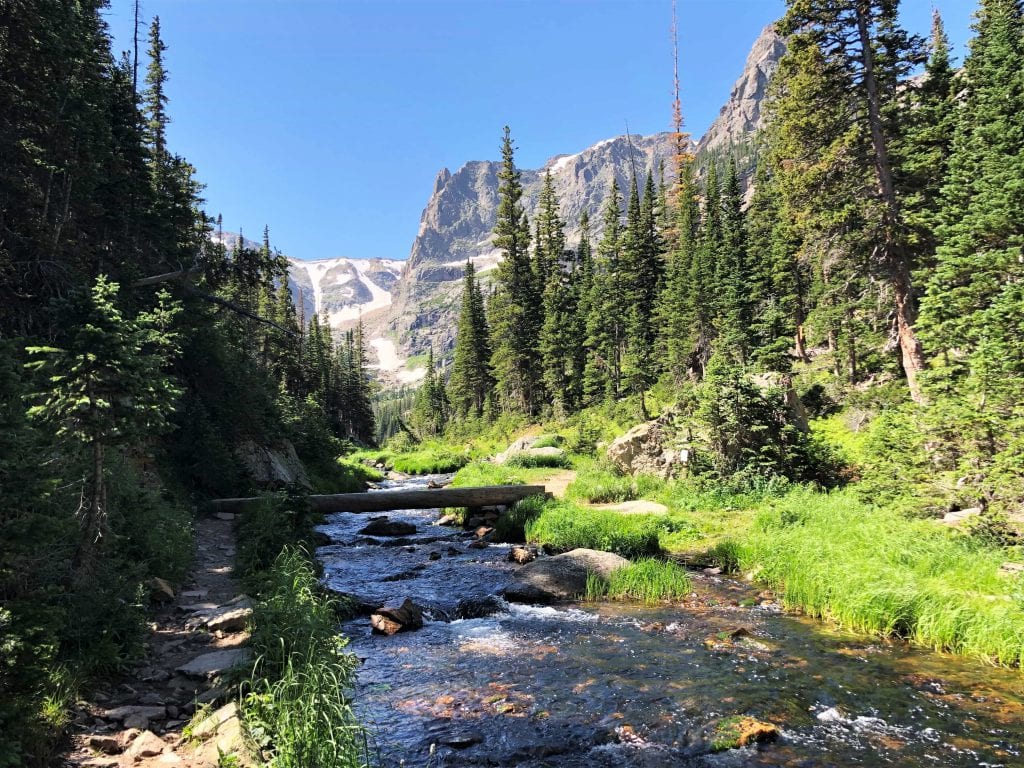Water is alternately a treasure and a threat for the Carpathians. The taming of the element is not only a utopia, but also a necessity. Impressive mountains obscure the horizon, streams pulsate in the valleys, and somewhere deep underground mineral and thermal waters bubble up. These treasures constitute the complexity of the Carpathian riches and challenges.
- The Carpathians produce drinking water for 2/3 of Poland (the Vistula basin), so we need to take care of proper forest management, which will cause the Carpathian forests to retain many times more water than they do now. We need to rebuild what was destroyed in the times of communism within the framework of land reclamation; we need to develop the so-called small retention which makes it possible to retain water and slow down its flow. These are activities appropriate for nature conservation and natural, beneficial human management: small reservoirs, small ponds, mills, small dikes, ponds, preservation of wetlands, wetlands, forestation, the so-called renaturalization of streams and small rivers - this small retention should be developed in the form of thousands of various local small investments. Soon drinking water may become a raw material as valuable as gas or oil', says Marek Kuchciński, initiator and organiser of the 'Europe of the Carpathians' conference.
One of the first places on the present map of Poland to emerge from prehistoric seas was the Carpathians. After those times there are no large reservoirs left here, it is in vain to look for mighty rivers on the map. Looking at this region, it is hard to believe that it is a "water world". And yet it is water that is the great natural wealth of the Carpathians. This wealth is still insufficiently developed and used. One must remember, however, that the mountains turn this treasure into a dangerous element. We have to tame it because of its local and global dimension. The local dimension has two faces. The most grim one is manifested by floods and flooding. The highest average annual precipitation [1] in Poland occurs in the Carpathians. Their destructive power is awe-inspiring, washing away entire farms, destroying roads, power lines, and causing damage to the economy. The other face is also extreme. As Poland battles drought, the Carpathians have the highest soil moisture in the country. Mineral water springs are hidden under the ground. Natural or drilled ones were found in 150 localities of Podkarpacie. Only a small part is exploited in health resorts. Healing minerals are also found in the famous therapeutic mud. Geologists add to it also thermal waters. Unfortunately, their importance for the local economy is not great. Research into more efficient exploitation and the search for easily accessible springs is still ongoing. However, this too is a potential treasure hidden underground.
When looking at this Carpathian water world, a broader perspective must be found. To remain local would not only be simplistic, but also wasteful. Rainfall, this one of extraordinary proportions on a national scale, can be tamed. Retention reservoirs are currently the biggest challenge and opportunity for the region and for Poland as a whole. They have several advantages. One of them is collecting excessive amounts of rainwater. During heavy rains, traditional drains (streams, rivers) and reservoirs (ponds, lakes) are unable to safely carry away excess water. Rivers and streams overflow, flooding and damaging homes, farms farm fields, energy infrastructure, and transportation infrastructure. Water retention typically involves storing rainwater or water from snowmelt onsite. In this way the fast runoff of water along the land surface and from small watercourses is limited. No fees are charged for rainwater retention. In Poland many programs are introduced, which are subsidized from the central or local government budget and from the subsidies coming from the European Union funds. Meanwhile, more and more often fees are introduced for surface and underground water extraction. It results, among others, from the requirements of the Water Framework Directive, the basic document of the European Union on water resources management. Therefore, the Carpathians need development of the so-called small retention as well as large reservoirs. It is also worth mentioning, that this region is also a perfect place for natural retention. Water can be retained in wetlands, forests or agricultural areas. All this has also a global dimension. The Carpathians can be a reservoir that will benefit other regions.
In a small way, the waters of the Carpathians already serve the whole country. There is probably no store on the Vistula that would not sell mineral water extracted from Carpathian springs (Cisowianka, Muszynianka, Kryniczanka, Iwoniczanka, Rymanów-Zdrój). Tourism is another branch that draws on the sources of the region. The richness of nature is due to, among other things, waters that are home to protected animal and plant species. So does the water world of the Carpathians have a chance to gain a worthy place in the development strategy of the region and the country? Many changes are already underway, others are waiting for implementation and understanding.
The Carpathian Europe is one of those places where different views on this problem can clash. It aims at economic and political integration of the region and showing the importance of natural and cultural heritage of this part of Europe for the whole continent and the rest of the world. An unquestionable advantage are the panel discussions which give an opportunity to analyze key issues related to water resources in the Carpathians and their rational management and protection, natural conditions shaping the water resources of the Carpathians, including the importance of forest biotopes in shaping the water retention.
mo

[1.] Geol. journal, 49: 734-742.



